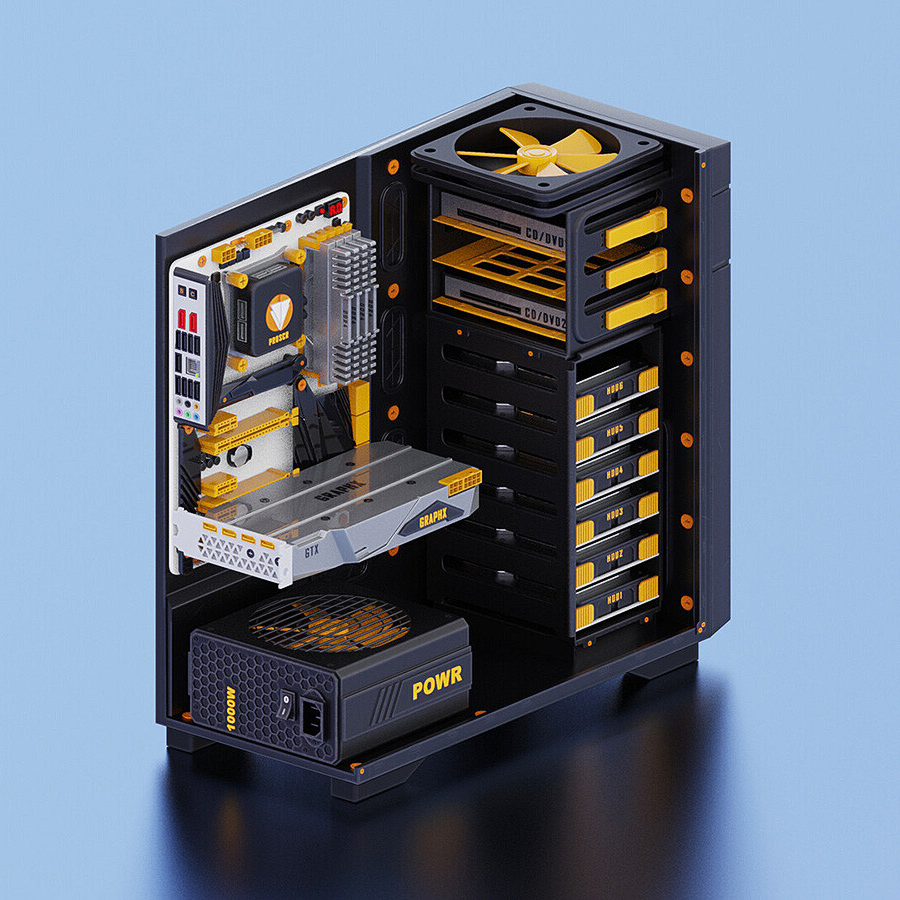Ahoy hoy! After some great suggestions and a second pair of eyes I managed to figure out my posting problem was related to the PSU, once replaced I got everything up. Hooked up my old HDD and the new SSD. When I tried to boot it didn’t register me old HDD as a boot option, so I unhooked it an installed a fresh windows copy on the SSD, an was able to get it up an runnin, rebooked the old HDD and can see both now, but anything on my desktop or any program on the old one isn’t really accessible. What’s the best way to get my old HDD moved to the new SSD?


at a minimum, grab the contents of desktop, downloads, documents, pictures, music, and videos folders. they should be present in each user profile folder on the ‘old’ drive.
copy the contents of each into their proper places on your ‘new’ windows disk or to a backup drive and folder to copy over later.
Any suggestions on how to delete the now unnecessary installs of programs on the old drive?
See the folder called “Program Files”?
Also in each user profile, a hidden folder called “App Data”.
Delete those.
Once you’ve got everything you need, just format the whole drive.
yup. that would be the thing to do. i’d image the whole drive to a file on an external ‘just in case’. but then repartition/reformat.
win-r
diskpart
(yes to admin prompt)
list disk
(to help pick the right one)
select disk x
(where x is the one you want to nuke)
list part
(just to make sure you’re looking at the right one)
if you’re absolutely, positively sure you’re on the right disk, continue with:
clean
(will wipe out the boot and partition structures only; clean all wipes the whole drive --dont do that with an ssd using this tool, though)
exit
then go into disk management in windows and reinitialize and partition it.